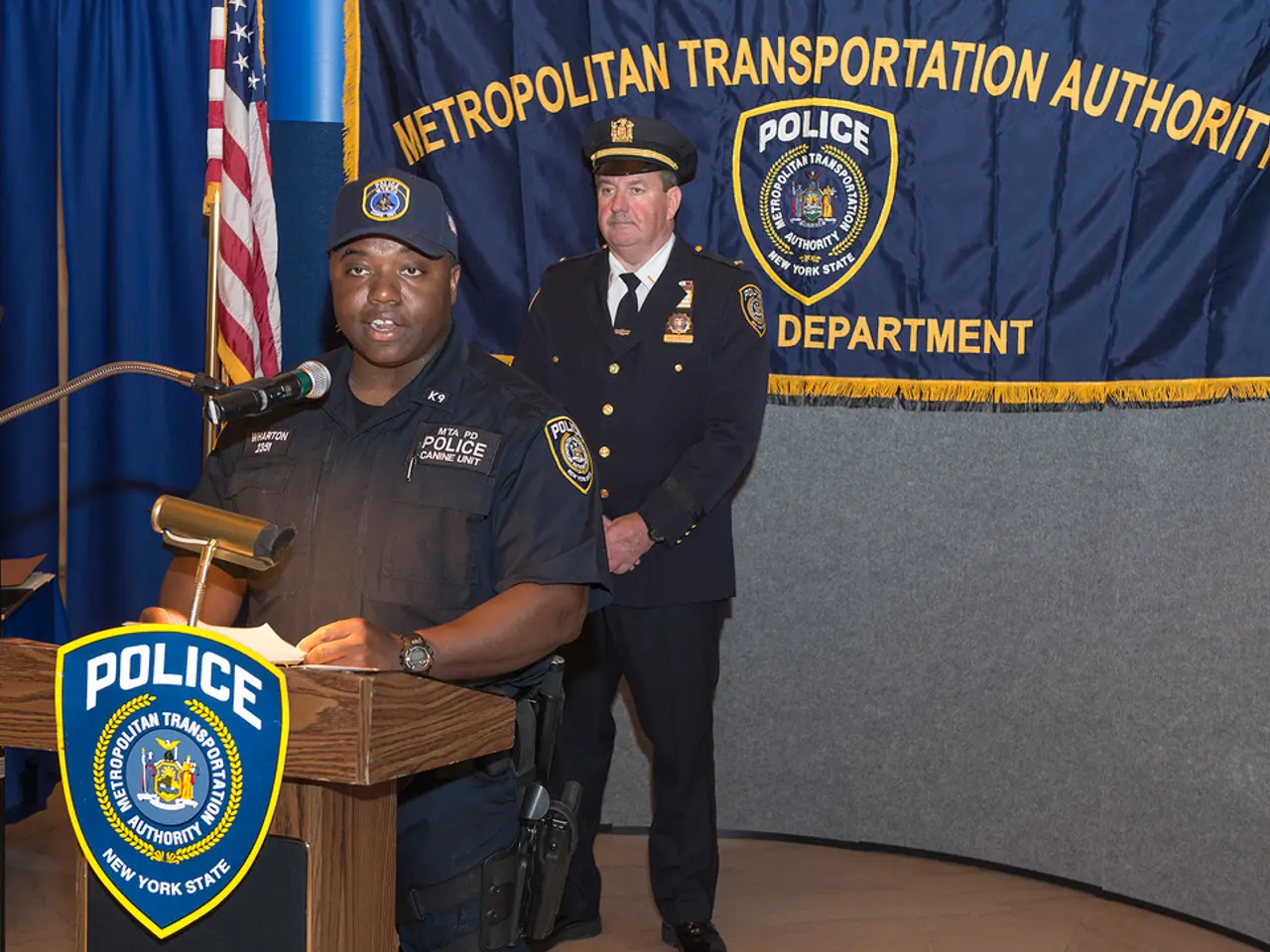Impact of Media on American Public's Police Backing
Scott Mourtgos, an Assistant Professor in the Department of Criminology & Criminal Justice at the University of South Carolina, published a study in 2021 that delves into the influence of news media on public opinion regarding the use of force by the police.
In his research, Mourtgos analysed nearly 260,000 U.S. newspaper articles about police use of force, published between 1990 and 2021. He identified recurring themes such as protest and reform, race, national politics, and official statements.
To test if headlines reflect public attitudes or shape them, Mourtgos conducted a survey of a nationally representative group of nearly 2,500 adults. Participants were shown four newspaper headlines about police use of force with one of five themes: protest-and-reform, race, national politics, official statements, or unrelated "control" headlines.
The findings suggest that the media's framing of stories can move public opinion about incidents involving force, potentially reducing public support for legal uses of force. Respondents who read protest-and-reform or race-themed headlines were about 7 percentage points less likely than those in the control group to approve of legally reasonable force.
This small per-exposure effect adds up and can be reflected in longer term opinion trends. Americans increasingly disapprove of legitimate uses of police force, which has real consequences such as eroding trust on both sides.
The framing effect cuts across ideological lines, affecting both liberals and conservatives. Race and protest frames seem to activate concerns about justice and fairness that transcend partisanship.
Police departments should focus on activating the public's moral intuitions in official statements by using plain language, relatable context, and humanizing stories. Closing the gap between public opinion and police actions requires better public education about existing legal standards and a more humanizing approach in official statements.
This finding is concerning for police leaders as institutional messaging alone is unlikely to change hearts and minds once a critical narrative takes hold. The press should exercise its role in police-civilian relations responsibly, understanding that it can shape Americans' opinion of a given controversy, particularly in police-civilian relations.
The "treatment" was small, with respondents being shown just four short headlines, collectively viewed for about 16 seconds. Over time, the media may have a detrimental effect on police officers and the communities they are sworn to protect by reducing public support for legal uses of force.
In conclusion, Mourtgos' study underscores the importance of responsible media reporting in shaping public opinion on police use of force. It also highlights the need for police departments to adopt a more humanizing and educational approach in their official statements.
Read also:
- visionary women of WearCheck spearheading technological advancements and catalyzing transformations
- Nursing home, St. Luke's, bids farewell to Beate Kalowsky after 34 years of service.
- California Senator Kamala Harris announces she will not seek the governorship in 2026, instead hinting at future professional ventures.
- Surprise in the restroom: Rodents emerging from the toilet bowl - "Preventive Measures"








